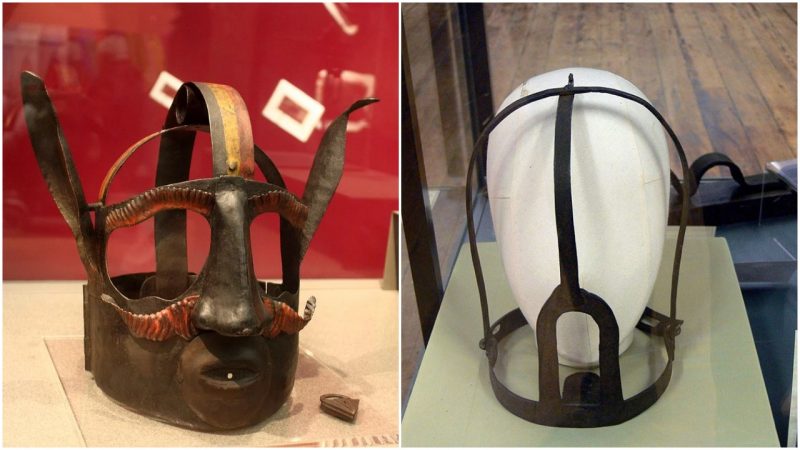The Middle Ages is a period well known for some severe forms of corporal punishment. The idea of punishing one’s body was deeply connected to the understanding of the Christian religion, for one thing. Small infractions led to harsh treatment at the hands of those in charge.
Gossiping was also a part of everyday life, and the medieval era was no different than today when it comes to rumors and idle chatter about people. For this “crime” a special device was invented―the scold’s bridle.
It was an iron muzzle enclosed in an iron framework that surrounded the head of an accused woman, like a mask. The main intention of the device was to physically prevent the person from talking by the use of a small piece, called the bridle-bit, which was put in the woman’s mouth and pressed upon the tongue.
In some cases, a spike was attached to the bridle-bit, so that the movement of the tongue would cause wounds, additionally discouraging the victim from even attempting to speak.
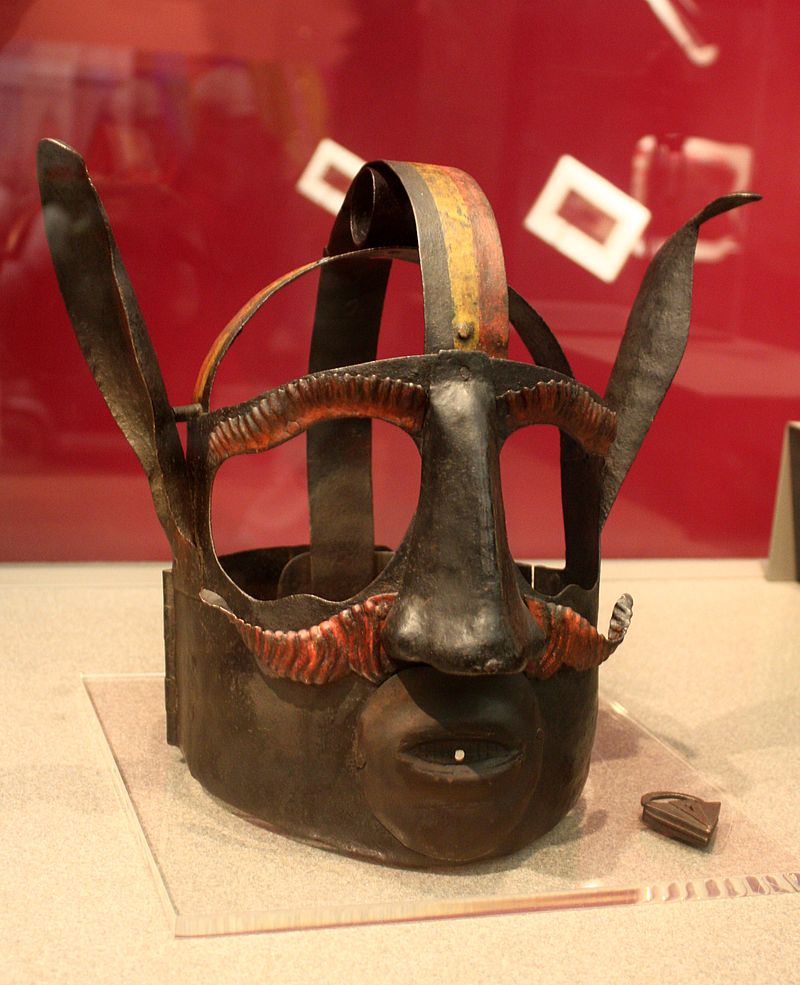
This form of punishment also included public humiliation, as the woman would be led on a leash, in most cases by her husband, through the town to attract attention. The passing audience would most commonly insult the woman put on display or spit on her. Violence towards the victim was not discouraged.
In order to better understand the role of the instrument, we must first understand what this archaic phrase means. Scold was a derogative term for a woman who is constantly displeased, or nags too much. The bridle is the headpiece designed for a horse, in order to direct it when riding.

It was widely believed that only through pain and suffering could a person achieve innocence after a crime was committed. The bridle (or branks) was a form of mirror punishment, which relies on the eye for an eye principle. Since the crime was related to talking, the mouth of the guilty party was punished.
So, this metal frame was intended to be worn by a woman accused of gossip or slander. The problem is that gossip and slander were very loosely defined terms in an age when you could be burned at the stake for a simple misunderstanding.
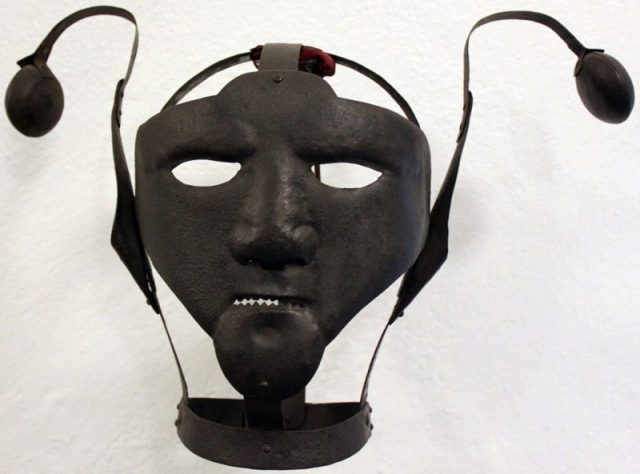
The scold’s bridle often represented punishment for a woman who undermined her husband’s authority or was badly treated and simply decided to speak out about it.
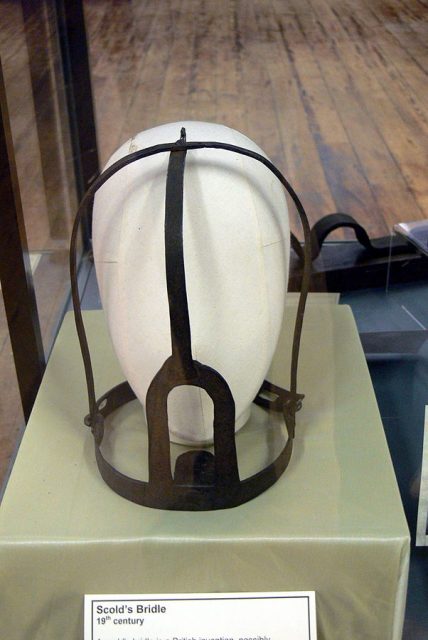
CC BY-SA 3.0
One of the earliest recorded uses of the practice took place in Scotland in 1567, but it was probably also used in England and Wales around this time. The punishment in this first case was handed out to Bessie Tailiefeir, who allegedly slandered a person called Baillie Hunter regarding the use of false measurements in a land dispute.
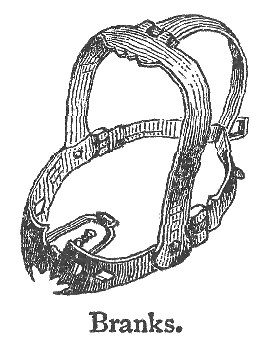
Apart from the British Isles, use of the scold’s bridle became common in Germany, with the addition of a bell in order to attract more attention during the walk of shame.
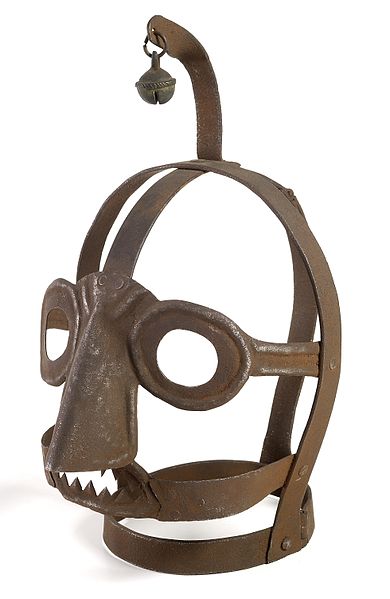
Interestingly, the punishment was exclusively applied to women (and rarely men) of lower social class, while the members of the court and other aristocracy were unofficially allowed to gossip without the fear of being so severely punished.
But the scold’s bridle wasn’t only a brutal solution for domestic issues–accounts were recorded in which this particular contraption was used to punish persons who were suspected of being involved in witchcraft, or who displayed rebellious behavior.
